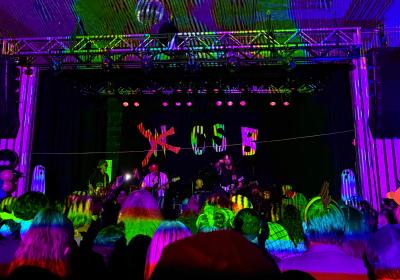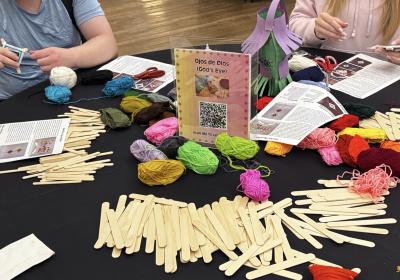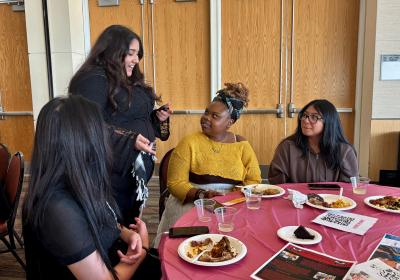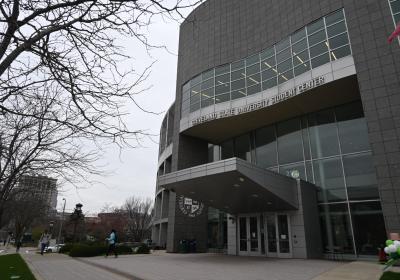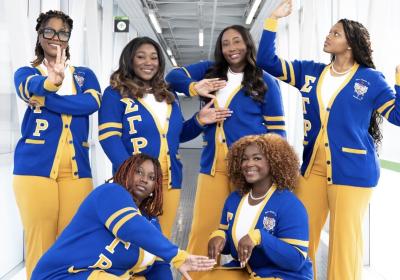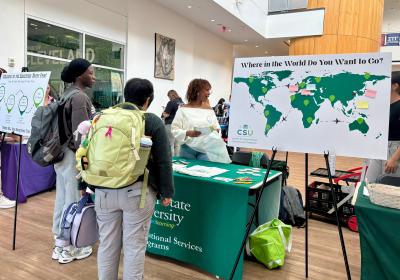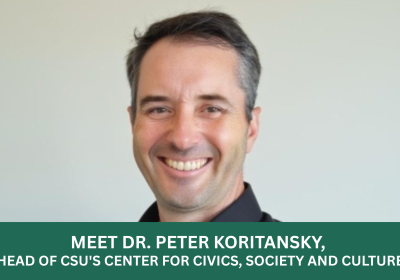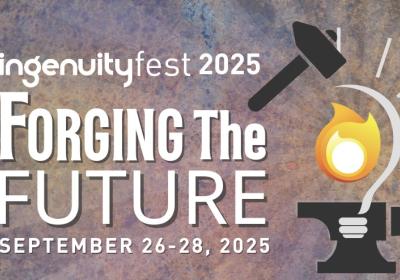
The Story of Scranton Road
(Editor’s Note: This article was written for Leo’s Jeffres’ Specialized Writing class.)
One stroll down Scranton Road will have anyone feeling as though they are time-traveling through different periods in history.
With the bustling MetroHealth Campus Center just a few hundred feet away from Gothic and ornate churches, and an old dairy processing plant that has been transformed into modern, minimalistic apartments that will have you thinking you’re in a Los Angeles suburb, the overall look and atmosphere of Scranton Road is anything but bland.
Running between Pearl Road, View Road, and Carter Road, Scranton Road serves as a border beside some favorite classic attractions and views in the Cleveland area, including Scranton Flats and the Hope Memorial Bridge.
When you first begin your descent onto Scranton Road, you can catch a glimpse of Cleveland’s Key Tower behind you and the Towpath Trail at Scranton Flats to your left.
Follow this path for the perfect dive into Ohio’s rich history: from 1827 to 1913, canal boats filled with goods and passengers traveled up and down the Ohio and Erie Canal, pulled by mules. Spots along the trail provide resources and fun facts about the cultural and historical resources being celebrated along the trail.
Further down Scranton Road, you can get some beautiful views of the Cuyahoga River, with the rustic, grand Hope Memorial Bridge looming above it.
After passing a bit of the greenery and river is when you hit the more “urban” side of Scranton Road. It’s the typical, infrastructural look; grey industry buildings, road work signs, the usual. But, peeking through the construction and grey blocks is some beautiful street art, including a colorful and vibrant “Tremont” mural that brightens up the entire area.
It comes as no surprise that this particular bit of Scranton Road looks a bit more industrial – bordering the street are various businesses, from Werner G. Smith Inc. (whose tagline states “Bio-based specialty chemicals since 1950”) to Imperial Metal Solutions, a company known for its custom powder-coating services.
And according to Case Western Reserve University’s databases, this industrial base began with the creation of the Lamson and Sessions Co., introduced in 1869 but which has since then relocated. But, the company’s effect on Scranton Road was monumental.
Because a majority of the community on Scranton Road in the 1860s consisted of Irish and German immigrants, they were in need of jobs that they could get as settlers in a new world. That’s why the implementation of an industrial hot-spot was pivotal for the growing immigrant population in the coming years – including a sweeping number of Polish, Greek, Syrian, Ukrainian, and Puerto Rican immigrants into the area.
A key location that holds a lot of meaning to Scranton Road, the German immigrant population, and the Hispanic immigrant population is St. Michael the Archangel Church.
Completed in 1892, this church displays, according to Wikipedia, High Victorian Gothic architecture. A component of this architectural style is the two towers of unequal height, which this church has. It’s also stuffed with more statues than you can count and was a popular stop when there were ethnic and architecture tours a number of years ago.
Wikipedia mentions that at one point, this was one of the most notable churches in the Cleveland Diocese.
The church proved to become a pivotal location for the German immigrants when it was first built.
But, as the number of Hispanic immigrants increased in the area, the church’s demographic began to change too. Now, the congregation is mostly Latin, and it offers Masses in both Spanish and English to appeal to both communities. The church has become a very integral part of the Hispanic culture of Scranton Road.
But St. Michael Church isn’t the only historic building that is still standing and in use. Scranton Elementary School, built in 1898, is still open and serving as an elementary school today.
Although many may believe it, Scranton Road is not just another industry hub in Cleveland. You can find yourself immersed in the fascinating cultural and historical world of this community, just by walking down this one long stretch of road.






